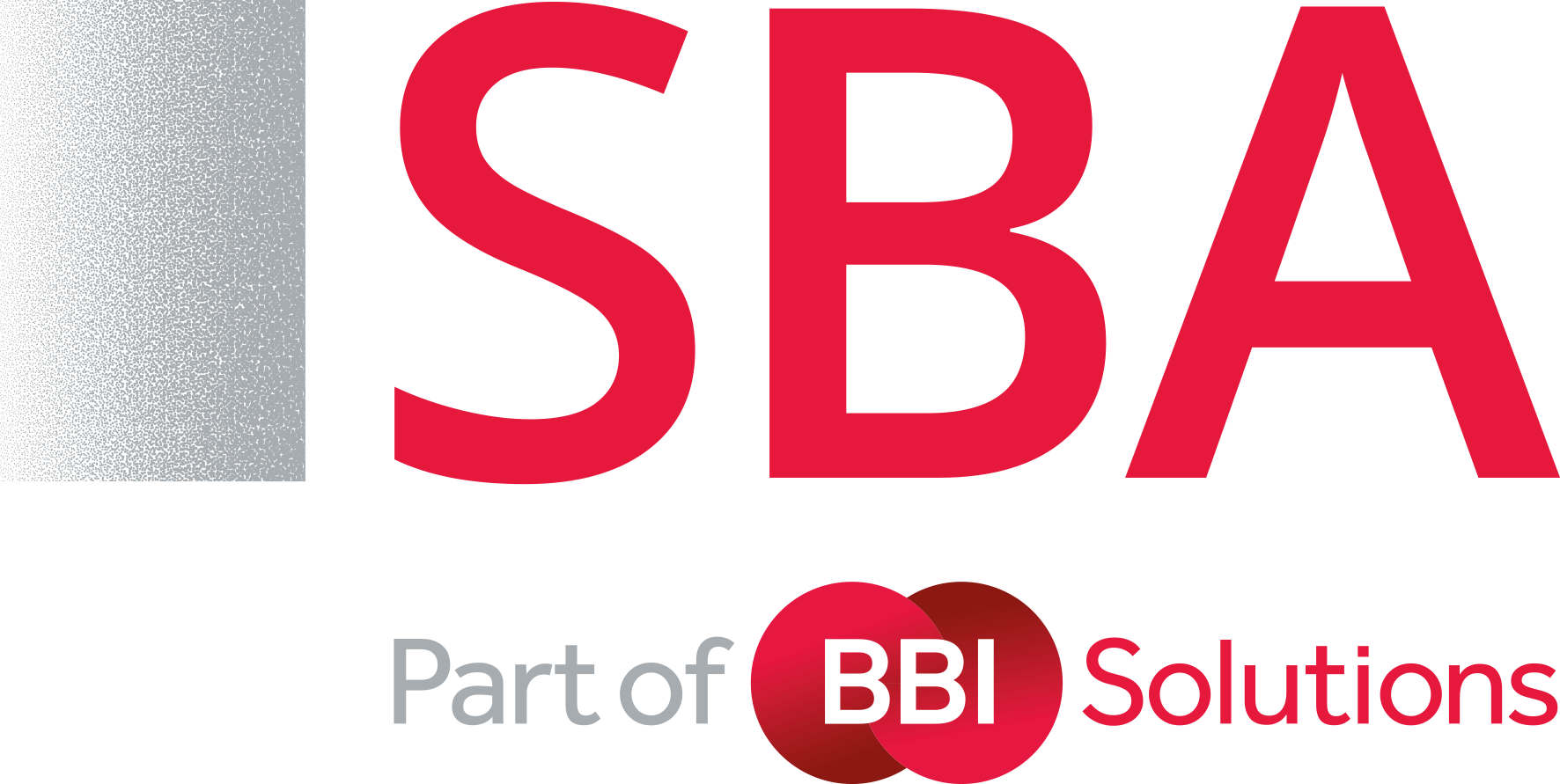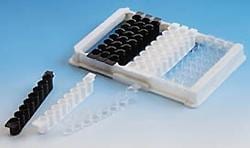PRODUCTS
Streptavidin-coated microwells
Streptavidin-coated solid phase serves as a reliable capture surface for any biotinylated molecule. The link between streptavidin and biotin is specific, strong and stable. Biotinylation of almost any ligand is simple and straightforward; many site-specific, preactivated biotin-derivatives are commercially available. This approach is especially useful for molecules which cannot be immobilised via passive adsorption (e.g. peptides, carbohydrates, haptens, hydrophilic compounds) or are denatured by random hydrophobic interaction. Applications include EIA techniques, DNA hybridisation assays, quantification of PCR products and receptor-ligand studies.
Several types of streptavidin-coated microwells are available (ordering and price information): transparent microwells for photometry, on demand white microwells for luminescence and black microwells for fluorescence detection. They consist of individual strips, mounted in a frame. The strips are removable and can be used separately for sequential or different applications, thus providing flexibility and economy.
Highly purified streptavidin (single band in SDS electrophoresis) is specifically derivatised prior to coating the solid phase. Our unique, liquid phase functionalisation chemistry yields a uniform and stable layer of streptavidin. The batch-to-batch variability of biotin binding capacity is less than 5%. The specific technique of streptavidin coating and the high affinity between streptavidin and biotin (Kaff = 1015 M-1) allow exceptionally stringent washing procedures. This can beneficially influence the signal-to-noise ratio of the assay. The biotin binding capacity is about 10 pmol per well.
Production of the solid phase is finalised with a blocking step. This protects the streptavidin layer (stability >18 months at 2-8°C) and minimises non-specific interactions, thereby providing a very low background signal. It also contributes to the hydrophilic, biocompatible character of the solid phase.
 English
English Deutsch
Deutsch
